Gigabyte today announced the release of its redesigned Aero laptop series, which now includes Intel’s 12th Gen Alder Lake processors and Nvidia’s GeForce RTX graphics cards. The 16:10 screen ratio, as well as the overall color scheme and understated style, indicate that the Aero laptops are more geared toward content creators than gamers.
The X-Rite (for factory color calibration), Pantone (for correct color reproduction), and changeable DisplayHDR certifications, which should provide designers some peace of mind in color- and contrast-critical jobs, further cater to the target market.
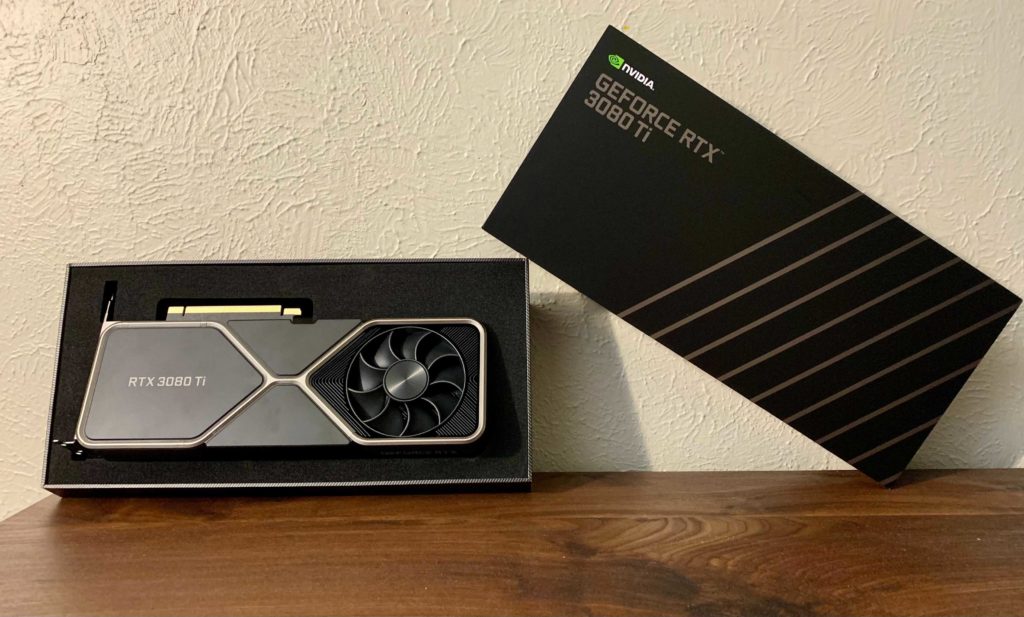
The new Aero laptops have CNC aluminum chassis and are now available in two versions: the Aero 16 and Aero 17. The biggest difference between these two models, as the name says, is the diagonal of the screen, which affects portability and battery life in addition to screen real estate. This has ramifications for display specifications, however, all are reported to have 100 percent DCI-P3 color space coverage out of the box. Both versions have extra subdivisions based on the internal setup, which Gigabyte distinguishes with the product numbers YE5, XE5, and KE5.
Both models are available with Alder Lake CPUs, either the Intel Core i9-12900HK (6 Performance Cores with Hyperthreading and 8 Efficiency Cores for a total of 14 cores and 20 threads) or the Intel Core i7-12700H (6 Performance Cores with Hyperthreading and 8 Efficiency Cores for a total of 14 cores and 20 threads) (with the same core count but lesser maximum and median clock speeds).
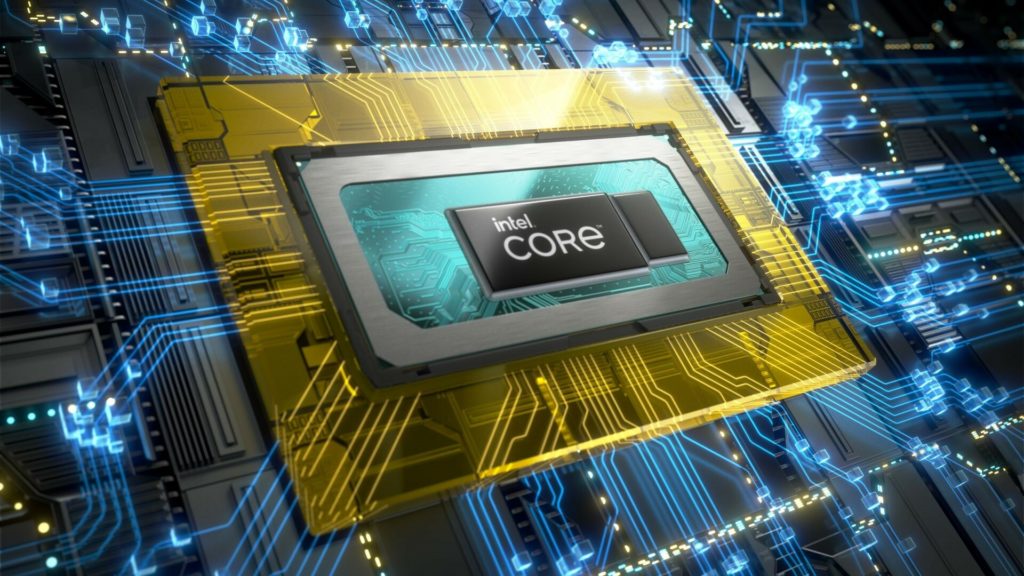
Up to 64 GB of DDR5-4800 memory can be installed, and the graphics card can be upgraded to an RTX 3080 Ti 16 GB laptop GPU. The Nvidia RTX 3060 6 GB is the least expensive choice, while the RTX 3070 Ti 8 GB sits in the center. Surprisingly, the larger chassis on the Aero 17 appears to have not affected the Nvidia GPUs’ maximum operating frequencies.
The operating frequencies are consistent across all 2022 Aero variants. The RTX 3060, for example, has a base frequency of 1,163 MHz and a boost clock of 1,530 MHz across all models; the RTX 3070 Ti has a base clock of 510 MHz and a boost speed of 1,035 MHz, and the RTX 3080 Ti has a base clock of 585 MHz and a boost clock of 1,125 MHz. The maximum graphics power for all graphics cards is regulated at 105 W.
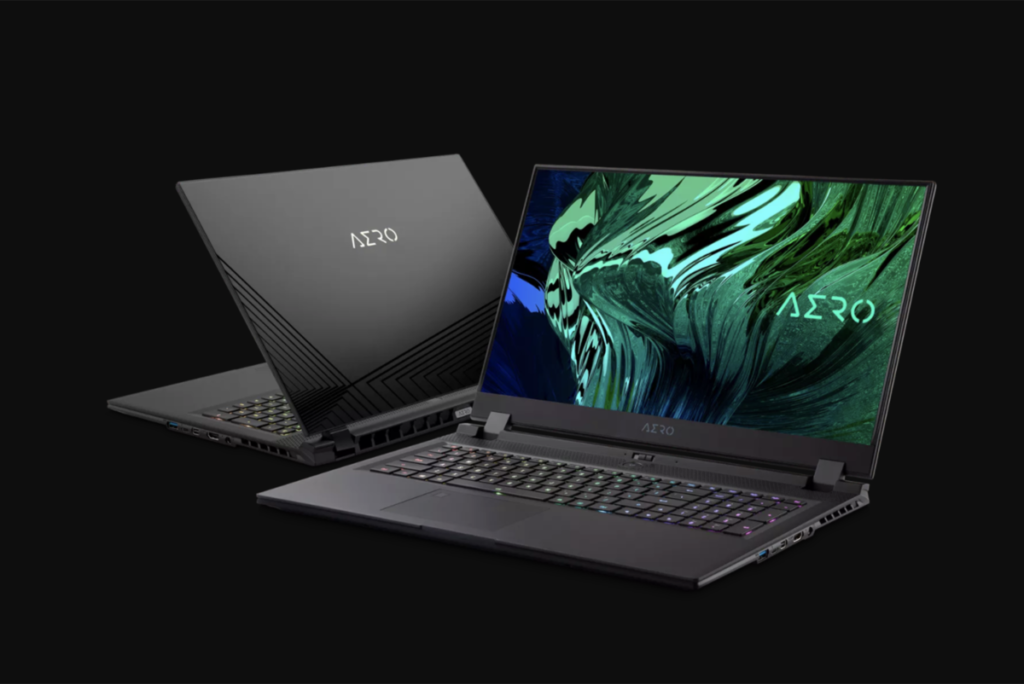
Both models enable twin M.2 Gen 4×4 slots when it comes to storage. The base configuration is 2.4 kg in weight (5.31 pounds). Remember, these aren’t ultraportables; instead, they’re supposed to be mobile workhorses. The 99 Wh batteries and the 240 W power brick are proof of it. The display, however, is where the two models differ the most.
Gigabyte offers two alternative display options for the Aero 16, to begin with: The first features a Samsung AMOLED screen with Display HDR 500 certification and a 4K, UHD+ resolution. The OLED technology’s 1,000,000:1 contrast ratio is present, and the maximum brightness – 500 nits – should allow it a good display for working in brighter environments. A 1 ms reaction time should provide a robust 60 Hz experience, which is sufficient for casual gaming while also being less demanding on the hardware than higher refresh rates at 4K resolution.
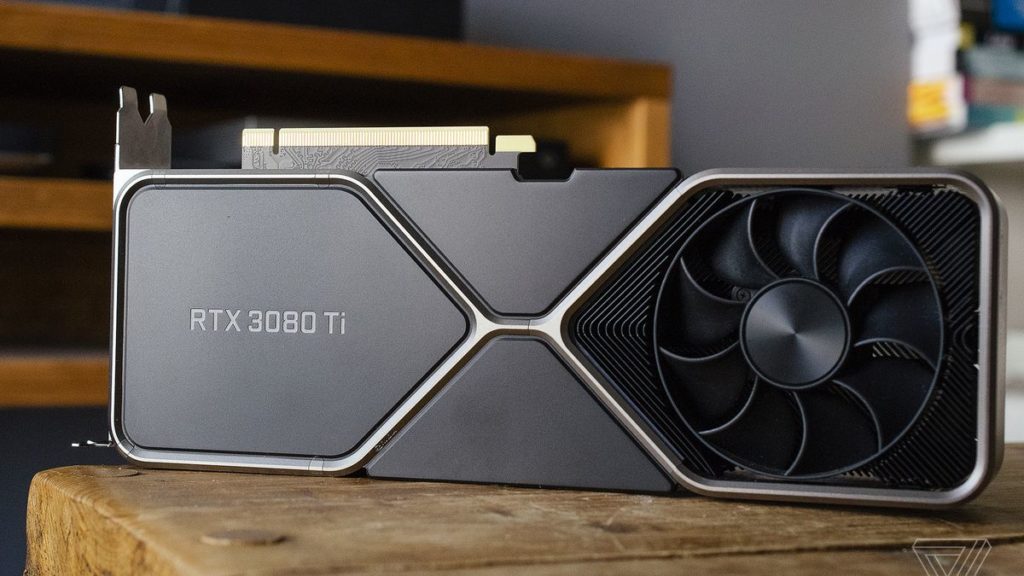
The second display choice, on the other hand, is geared toward producers who enjoy gaming and content consumption. A QHD+ Amled panel replaces the 4K display. This panel option also comes with DisplayHDR 1,000 certification, in addition to the reduced resolution and 165 Hz refresh rate. The trade-off in response times is a side effect of these specifications, with the QHD Amled option maxing out at 5 ms response times — still adequate for casual gaming conditions.
The Aero 17 is the Gigabyte Aero family’s crown jewel, and it should come with a price to match. The panel, a 17-inch UHD mingled with a 120 Hz refresh rate and DisplayHDR 1,000 certification, will contribute significantly to that cost. While contrast levels are lower than on a pure Amoled screen, the 100,000:1 ratio is outstanding, and due to the panel’s maximum brightness of 1,000 nits, it may appear even more so.
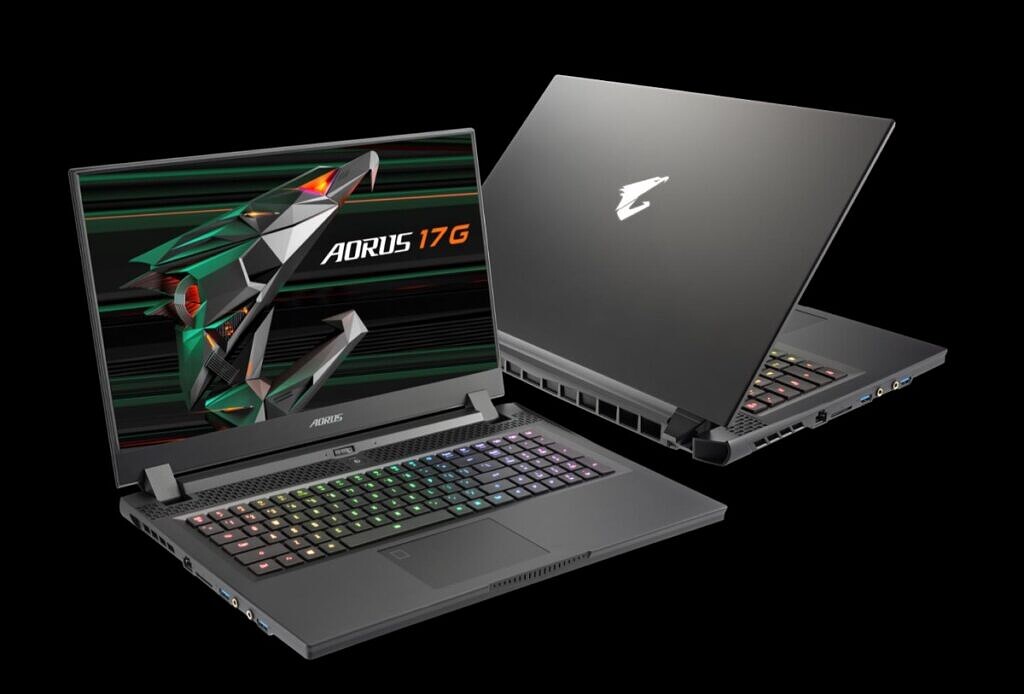
The new Aero series appears to be capable of serious content development as well as gaming. The quality of the hardware, on the other hand, indicates that the price will most certainly be exorbitant. DDR5 technology, for example, is still in its early stages and, aside from a few benchmarks and potentially a few particular tasks, is unlikely to justify the price premium over less exotic but still capable DDR4 alternatives.
also read:
Dell brings out new next-gen 27 & 30-inch U-Series displays utilizing LG display technology




